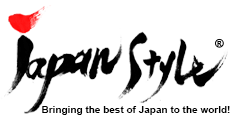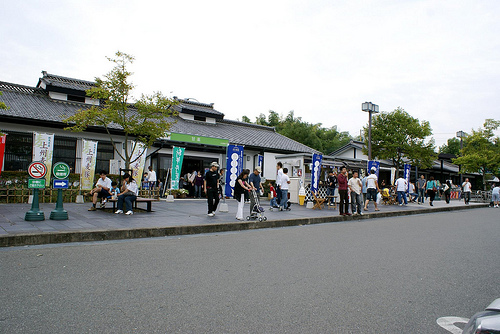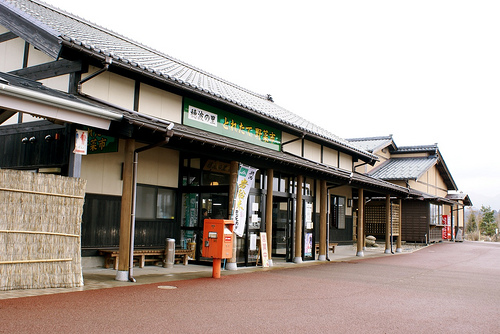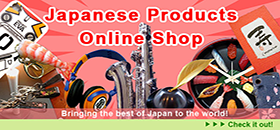The number of auto-campers has been increasing since the late 2000’s. Auto-camping is called “shachu-haku” in Japanese and it means staying overnight in a car parked at a roadside station or a service area instead of staying at a hotel. It is also called P-cam or P-haku both are short for “parking (lot) camping.”
Most auto-campers drive vans or mini vans but not motor homes or trailers. To make van camping comfortable, various items including compact mats and car window curtains are available at stores. Auto-camping books and magazines have been published one after another.
In Japan, not only do service areas have souvenir shops and good restaurants, some places have public bath houses or theme parks; therefore people go short trips just to visit service areas.
Roadside station is called Michi-noEeki and it sells local produce, snacks, souvenirs, and other goods. There are tables and chair, sometimes BBQ grills outside of a road station, so the campers can buy local fresh food and cook there.
“Service Area”
“Michi no Eki (Roadside Station)”
While auto-campers are increasing, some people oppose auto-camping as it is unhealthy and some of the campers are ill-mannered; they use their BBQ grill at parking lot, washing clothes at the restrooms, and increase trash.
The biggest advantage of “Shachu-haku” is saving money but it takes risks (even though Japan is one of the safest countries) and campers have to be careful with their behaviors, otherwise it may be restricted in the future.
You should follow me on Twitter.







![[Photoblog] Peaceful Twilight at Zaodo-Hall](http://www.japanstyle.info/wp-content/uploads/2014/02/20140205_photoblog_peaceful-twilight-of-zaodo-hall-65x65.jpg)
![[Photoblog] Foot Spa in Japan](http://www.japanstyle.info/wp-content/uploads/2012/07/20120707_photoblog_foot-spa-in-japan-65x65.jpg)


Recent Comments